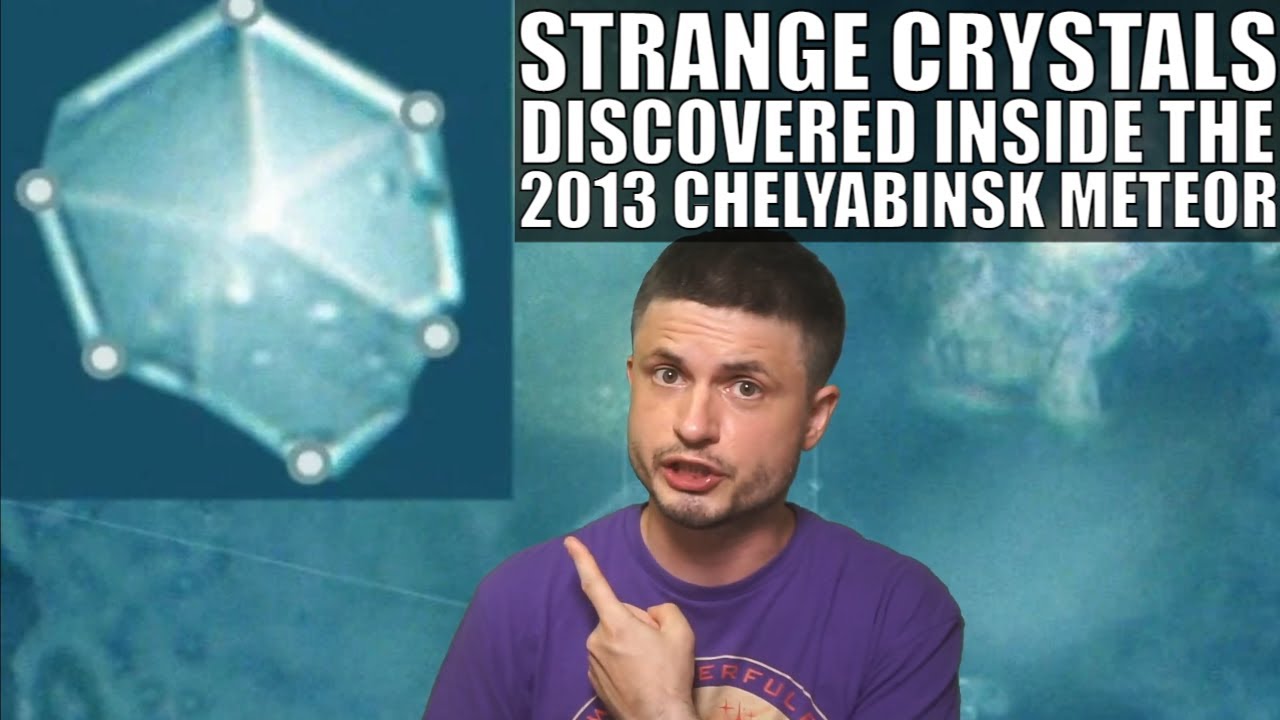The Chelyabinsk meteor which exploded in the atmosphere over the eponymous Russian city on 2013-02-15 deposited a layer of dust from fragments of the disintegrating bolide. Because the event happened in winter, the dust was preserved as a distinct layer in snow deposited before and after the explosion, allowing detailed examination of its contents.
In a paper published on 2022-05-05 in The European Physical Journal Plus, “Exotic carbon microcrystals in meteoritic dust of the Chelyabinsk superbolide: experimental investigations and theoretical scenarios of their formation”, the authors report discovery of exotic crystals of carbon in the dust, including fullerines. This is the first time such material has been found in meteor debris. Here is the abstract.
When a space body enters Earth’s atmosphere, its surface is exposed to high pressure and temperatures. The airflow tears off small droplets from the meteoroid forming a cloud of meteorite dust. Can new materials be synthesized in these unique conditions (high temperature, pressure, gaseous atmosphere, catalysts)? As a rule, meteoritic dust dissipates in the atmosphere without a trace or is mixed with terrestrial soil. The Chelyabinsk superbolide, the biggest in the twenty-first century, which exploded on February 15, 2013 above snowy fields of the Southern Urals, was an exception. The unique carbon crystals with a size of several micrometers, which were not observed before, were found during an in-depth study of the meteoritic dust. In order to explain the experimental findings, a multiple twin growth mechanism for the formation of closed shell graphite microcrystals was proposed based on DFT and classical/ab initio MD simulations. It was found that among several possible embryo carbon nanoclusters, the C60 fullerene and polyhexacyclooctadecane –C18 H12 – may be the main suspects, responsible for the formation of the experimentally observed closed shell quasi-spherical and hexagonal rod graphite microcrystals.
The full text of the paper is behind a Springer paywall, and is not yet on Sci-Hub.
